A Deep Dive into the 2025 Kia K5’s Safety Features: A Comprehensive Analysis
A Deep Dive into the 2025 Kia K5’s Safety Features: A Comprehensive Analysis
Introduction
In this auspicious occasion, we are delighted to delve into the intriguing topic related to A Deep Dive into the 2025 Kia K5’s Safety Features: A Comprehensive Analysis. Let’s weave interesting information and offer fresh perspectives to the readers.
Table of Content
A Deep Dive into the 2025 Kia K5’s Safety Features: A Comprehensive Analysis
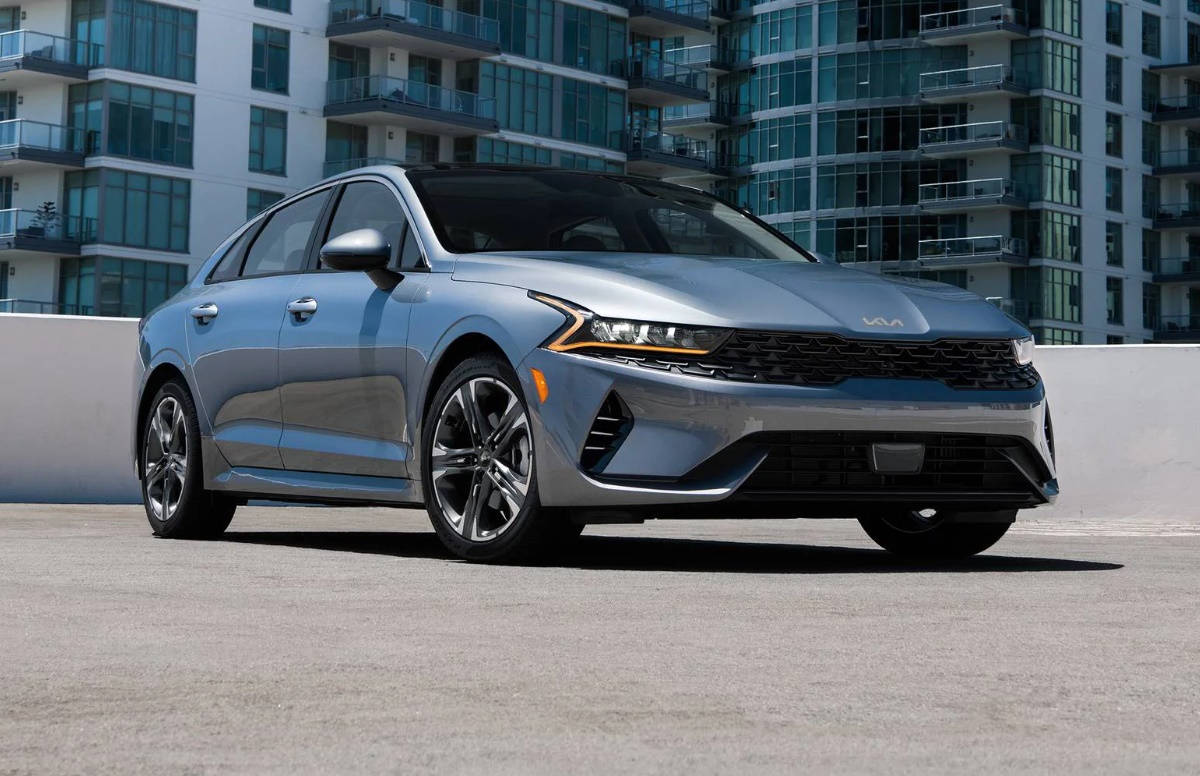
The 2025 Kia K5, a midsize sedan known for its stylish design and performance, has also garnered significant attention for its robust safety features. Kia, a brand committed to prioritizing driver and passenger well-being, has equipped the K5 with an array of advanced technologies designed to mitigate risks and enhance overall safety.
Understanding the Importance of Safety Ratings:
Safety ratings, established by independent organizations such as the National Highway Traffic Safety Administration (NHTSA) and the Insurance Institute for Highway Safety (IIHS), provide consumers with objective assessments of a vehicle’s crashworthiness and safety performance. These ratings are crucial for informed decision-making, allowing buyers to compare vehicles based on their ability to protect occupants in various collision scenarios.
The 2025 Kia K5: A Comprehensive Safety Suite:
The 2025 Kia K5 boasts a comprehensive suite of safety features, encompassing both passive and active safety systems.
Passive Safety Features:
Passive safety features are designed to protect occupants in the event of a collision. These include:
- High-strength steel construction: The K5’s body structure incorporates high-strength steel, strategically placed to absorb and dissipate crash energy, protecting the passenger cabin.
- Multiple airbags: The K5 is equipped with a comprehensive airbag system, including front, side, curtain, and driver’s knee airbags, providing maximum protection in various impact scenarios.
- Safety belt pretensioners and load limiters: These systems automatically tighten the safety belts in the event of a collision, ensuring optimal restraint and minimizing injury risk.
- Head restraints: The K5’s head restraints are designed to reduce whiplash injuries in rear-end collisions.
Active Safety Features:
Active safety features, also known as driver-assist systems, utilize sensors and cameras to detect potential hazards and assist the driver in avoiding collisions. These features include:
- Forward Collision-Avoidance Assist (FCA): This system uses sensors to detect potential frontal collisions and automatically applies the brakes to avoid or mitigate the impact.
- Lane Keeping Assist (LKA): LKA helps the driver stay centered in their lane by providing steering corrections when the vehicle drifts.
- Blind Spot Collision-Avoidance Assist (BCA): BCA uses sensors to detect vehicles in the blind spot and alerts the driver, potentially applying brakes to avoid a collision.
- Rear Cross-Traffic Collision-Avoidance Assist (RCCA): RCCA assists drivers when reversing out of parking spaces by detecting approaching vehicles and providing warnings or applying brakes.
- Driver Attention Warning (DAW): DAW monitors driver behavior and alerts the driver if it detects signs of drowsiness or inattentiveness.
- Smart Cruise Control (SCC): SCC allows the driver to set a cruising speed and maintain a safe distance from the vehicle in front.
- Lane Following Assist (LFA): LFA assists the driver in maintaining a centered position within their lane, even on curves.
- Highway Driving Assist (HDA): HDA combines LFA and SCC to provide a more hands-free driving experience on highways.
- Parking Assist: This system assists drivers with parking maneuvers by automatically steering the vehicle into a parking spot.
Expected Safety Ratings:
While official safety ratings for the 2025 Kia K5 are yet to be released, based on the robust safety features and the K5’s strong safety performance in previous model years, it is expected to achieve top ratings from both NHTSA and IIHS.
The Benefits of a Highly-Rated Vehicle:
A high safety rating translates into tangible benefits for the vehicle’s occupants and society at large:
- Enhanced occupant protection: A high safety rating indicates that the vehicle is designed to protect occupants in the event of a collision, reducing the risk of serious injuries.
- Increased resale value: Vehicles with high safety ratings tend to hold their value better, as they are seen as safer and more desirable.
- Lower insurance premiums: Insurance companies often offer lower premiums for vehicles with high safety ratings, recognizing their lower risk profile.
- Improved road safety: By promoting the adoption of vehicles with advanced safety features, safety ratings contribute to a safer driving environment for everyone.
FAQs about the 2025 Kia K5’s Safety Features:
Q: What is the expected safety rating for the 2025 Kia K5?
A: While official ratings are yet to be released, based on the K5’s comprehensive safety features and its previous strong performance, it is expected to achieve top ratings from both NHTSA and IIHS.
Q: Are the safety features standard or optional?
A: The 2025 Kia K5 offers a range of safety features, with some being standard across all trims and others available as optional packages.
Q: How effective are the active safety features?
A: The K5’s active safety features are designed to provide an additional layer of protection by assisting the driver in avoiding collisions. However, it’s important to remember that these features are not substitutes for attentive driving and responsible behavior.
Q: Can the safety features be disabled?
A: Some safety features can be disabled, but it is generally not recommended, as they are designed to enhance safety and should be utilized for optimal protection.
Tips for Maximizing Safety:
- Regular maintenance: Ensure the vehicle is regularly maintained according to the manufacturer’s recommendations to ensure all safety systems are functioning properly.
- Be aware of the limitations of safety features: Remember that active safety features are designed to assist the driver, not replace them.
- Prioritize safe driving practices: Always adhere to safe driving practices, such as maintaining a safe following distance, obeying speed limits, and avoiding distractions.
Conclusion:
The 2025 Kia K5 stands as a testament to Kia’s commitment to providing safe and reliable vehicles. Its comprehensive suite of passive and active safety features, coupled with its expected high safety ratings, makes the K5 a compelling choice for drivers seeking a vehicle that prioritizes safety and peace of mind. By understanding the importance of safety ratings and utilizing the available safety features responsibly, drivers can significantly enhance their safety and contribute to a safer driving environment for everyone.

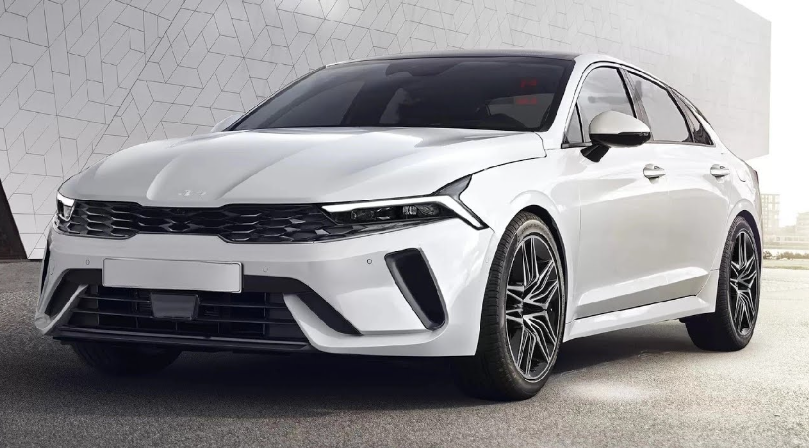

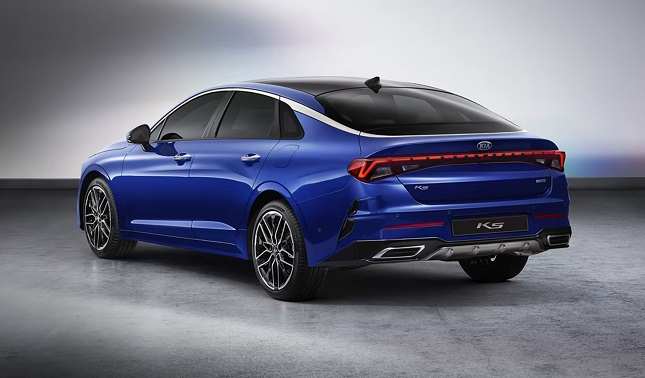
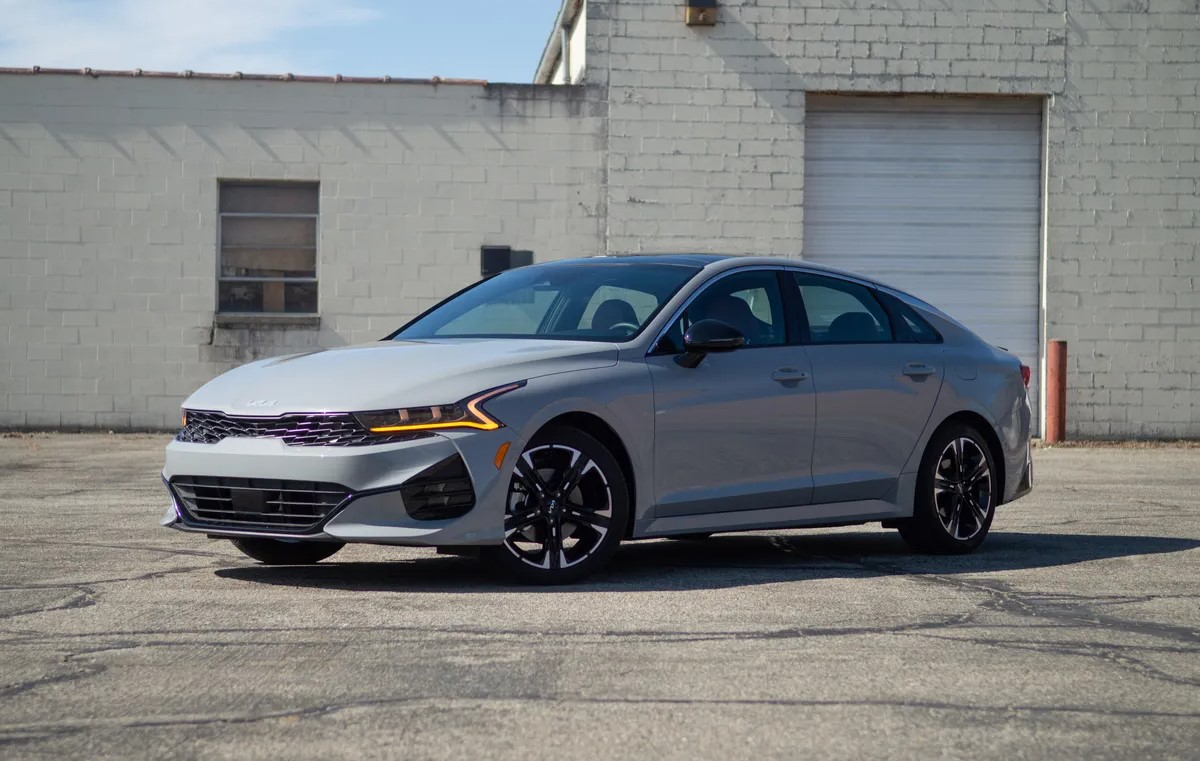

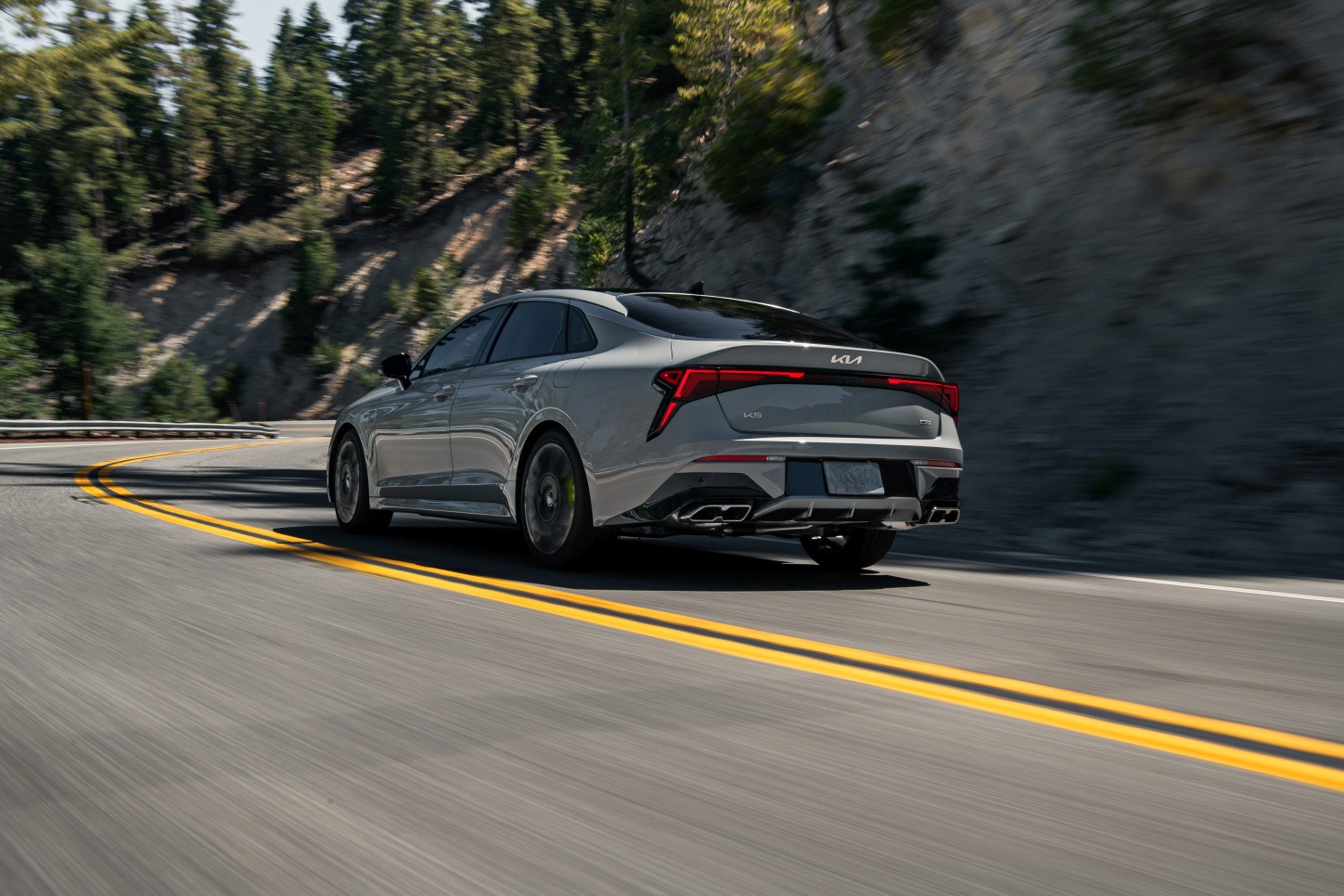

Closure
Thus, we hope this article has provided valuable insights into A Deep Dive into the 2025 Kia K5’s Safety Features: A Comprehensive Analysis. We thank you for taking the time to read this article. See you in our next article!